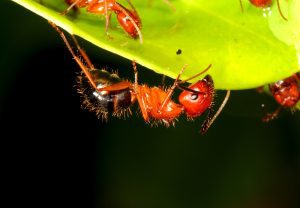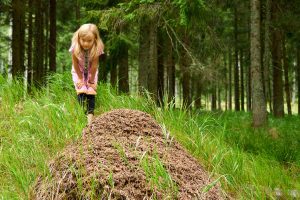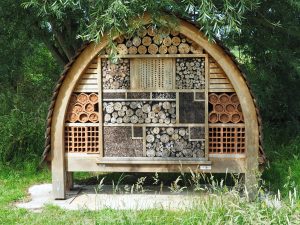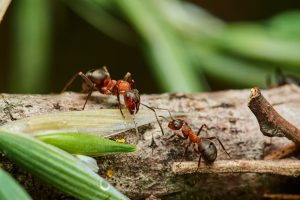Here are a few considerations to help you decide if you should be worried:
- Time of Year: Carpenter ants are most active during warmer months. Seeing one during this time could simply mean it has wandered in from outside. However, seeing them during colder months might indicate an indoor nest.
- Inspect for More: Keep an eye out for more ants. A lone ant could be a scout searching for food or a new nesting site. If you start seeing more, especially larger ants or ones with wings (reproductives), it could indicate a larger problem.
- Look for Signs of Infestation: Check for frass (wood shavings), which is a sign of carpenter ants carving out galleries in wood. Also, listen for faint rustling sounds in walls or wooden structures, as this can indicate active nests.
- Assess Moisture Levels in Your Home: Carpenter ants are attracted to moist or decaying wood. If your home has had moisture issues or water damage, it could be more susceptible to an infestation.
- Check the Perimeter of Your Home: Look around the exterior of your home for signs of carpenter ant activity. This includes trails of ants, sawdust-like frass, or damaged wood.
- Consider Professional Inspection: If you’re uncertain but concerned, it might be worthwhile to have a professional pest inspection. A pest control expert can assess your home for signs of an infestation and offer peace of mind or a course of action.
In summary, while one carpenter ant might not be a cause for immediate concern, it should prompt you to be more observant of potential signs of an infestation. Early detection and intervention are key to preventing significant damage.





